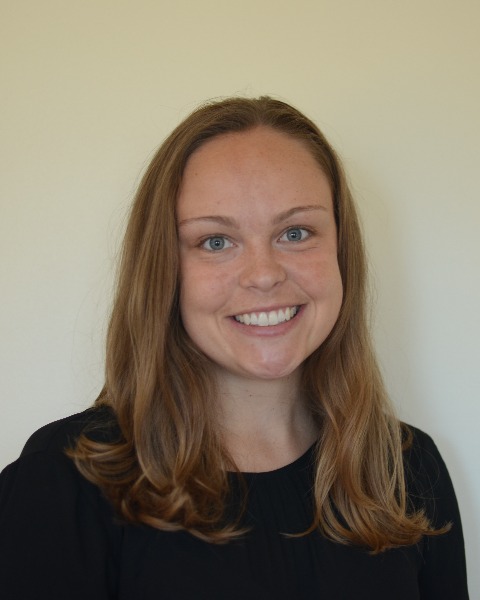Adult Cardiac
Category: Scientific Abstract: Oral/Poster
Decade-long Trends in Resource Utilization Following Repeat Coronary and Valve Operations in the United States: 2010-2020
J. Curry1, A. Vadlakonda2, N. Chervu3, S. Kim4, Z. Tran5, T. Coaston1, P. Benharash6
1David Geffen School of Medicine at UCLA, Los Angeles, California 2David Geffen School of Medicine at UCLA, Saratoga, California 3UCLA David Geffen School of Medicine, Los Angeles, California 4UCLA, Los Angeles, California 5University of California, Los Angeles, San Antonio, Texas 6UCLA Division of Cardiac Surgery, Los Angeles, California
1David Geffen School of Medicine at UCLA, Los Angeles, California 2David Geffen School of Medicine at UCLA, Saratoga, California 3UCLA David Geffen School of Medicine, Los Angeles, California 4UCLA, Los Angeles, California 5University of California, Los Angeles, San Antonio, Texas 6UCLA Division of Cardiac Surgery, Los Angeles, California

Joanna Curry, BA (she/her/hers)
David Geffen School of Medicine at UCLA
Los Angeles, California, United States
Presenting Author(s)
Disclosure(s):
Joanna Curry, BA: No financial relationships to disclose
Purpose: Advances in surgical practice have improved clinical outcomes and thus prolonged survival [1]. Given this, an increasing proportion of surgical patients are living to advanced ages and may require reoperation [2]. Therefore, a contemporary analysis of resource utilization in repeat cardiac surgery is warranted in the setting of value-based care.
Methods: The 2010-2020 National Readmission Database (NRD) was used to identify all patients undergoing primary isolated coronary artery bypass grafting (CABG) or valve operations. Patients were stratified into cohorts based on prior CABG or valve operation, while those with a prior history of both valve and CABG were excluded from analysis. Patients who received a repeat valve operation comprised the Valve cohort, while others were classified as CABG.
The primary outcome of interest was trends in length of stay (LOS) and hospitalization costs among patients undergoing repeat CABG or valve operations. In-hospital mortality and 30-day non-elective readmissions were also examined.
Significance of temporal trends were evaluated using Cuzick’s non-parametric test (nptrend). Multivariable regression models were developed to examine the association of reoperation status and outcomes of interest. The interaction term between reoperation status and year was included in risk-adjusted models.
Results: Of an estimated 3,129,555 patients undergoing primary cardiac surgery, 130,951 (4.2%) received a reoperation. Over the study period, proportions of repeat CABG (3.0 to 5.2%, nptrend < 0.001) and valve (2.9 to 4.6%, nptrend < 0.001) operations increased (Figure A). Patients who received repeat surgery were older (67.6 vs. 65.5 years p< 0.001), more commonly female (36.6 vs 32.6%, p< 0.001), and had a higher burden of comorbid disease as measured by the Elixhauser index (4 [3 - 5] vs. 4 [2 - 5], p< 0.001; Table). Unadjusted mortality and 30-day non-elective readmission rates decreased significantly in both cohorts (nptrend < 0.001; Figure B).
Compared to primary, repeat valve was associated with increased LOS (β +6.2 days 95% Confidence Interval [CI] 5.9-6.5) and costs (β $16.6k, 95%CI 15.4k-17.8k). Repeat CABG was likewise associated with longer LOS (β 7.1 days, 95%CI 6.9-7.3) and higher hospitalization costs (β $15.2k (95%CI 14.4k-16.0k) compared to primary.
After risk-adjustment, LOS decreased significantly for repeat valve (nptrend < 0.001) and CABG (nptrend < 0.001). Notably, LOS following repeat valve decreased more rapidly compared to repeat CABG (Figure C). While costs decreased significantly following repeat valve (nptrend < 0.001), there was no significant change in risk-adjusted cost of repeat CABG (nptrend=0.33; Figure D).
Conclusion: In this nationwide retrospective study, we demonstrated variable trends in length of stay, costs, and clinical outcomes between repeat CABG and valve operations. Future studies are needed to identify various drivers of increased resource utilization to ultimately maximize value-based care while maintaining optimal clinical outcomes.
Identify the source of the funding for this research project: No funding to report
